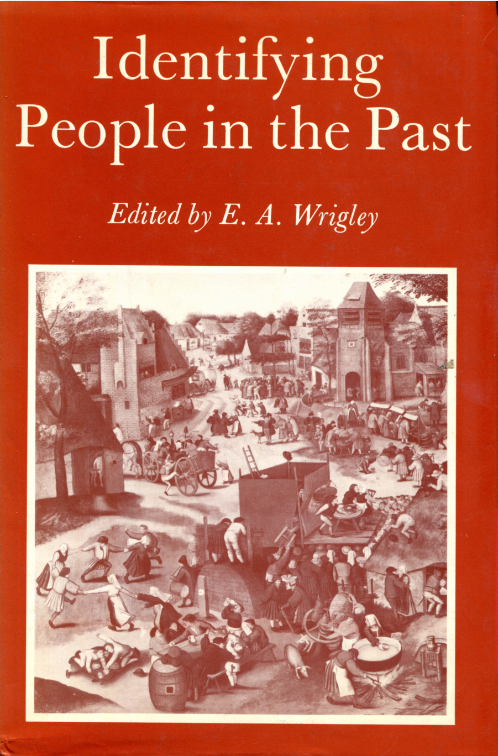20 December 2014
Nominal record linkage—"the process by which items of information about a named individual may be associated with each other in a coherent whole"—is an issue historians and IT specialists have wrestled with for nearly a half-century. It's also the subject of a slender little book that's worth getting to know if you're a historical reseacher: E. A. Wrigley's Identifying People in the Past (London: Edward Arnold, 1973).1
Wrigley was a lecturer at the University of Cambridge and a member of the Cambridge Group for the History of Population and Social Structure at the time he invited colleagues from France, Canada and the U.S.—working variously in genetics, history, and demography—to discuss the processes they used to identify people in the past, recover their lives, and link data to reconstruct families and communities.
All six scholars address two critical questions:
- How do we determine whether any two records deal with the same person?
- How do we resolve abiguities in record linkage and the problems caused by name variations in historic records?
Their approaches are rooted in the needs of statisticians who seek to reduce the margin of error. From that standpoint, biographers and microhistorians might challenge some premises and "rules" that Wrigley and his colleagues developed. Even so, it would be difficult to read these essays without coming away with new ideas and more-clearly defined concepts of why we follow the practices we have found to be effective.
SOURCE:
1. As defined by Wrigley's book jacket, front flap.